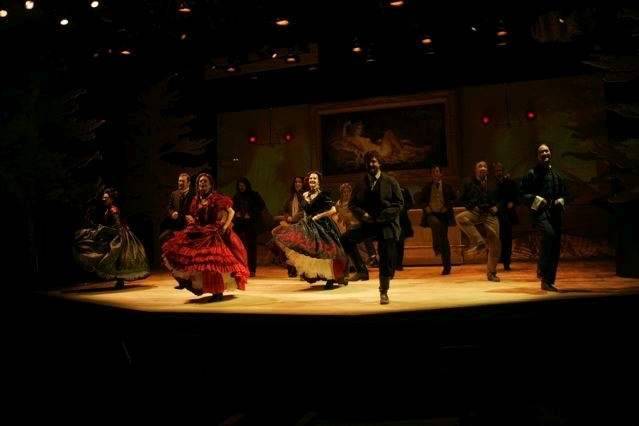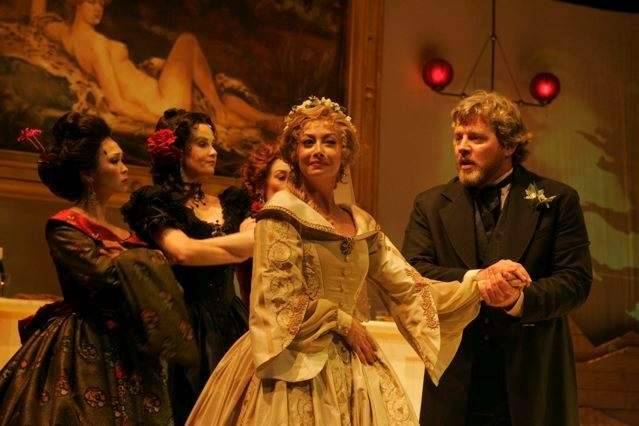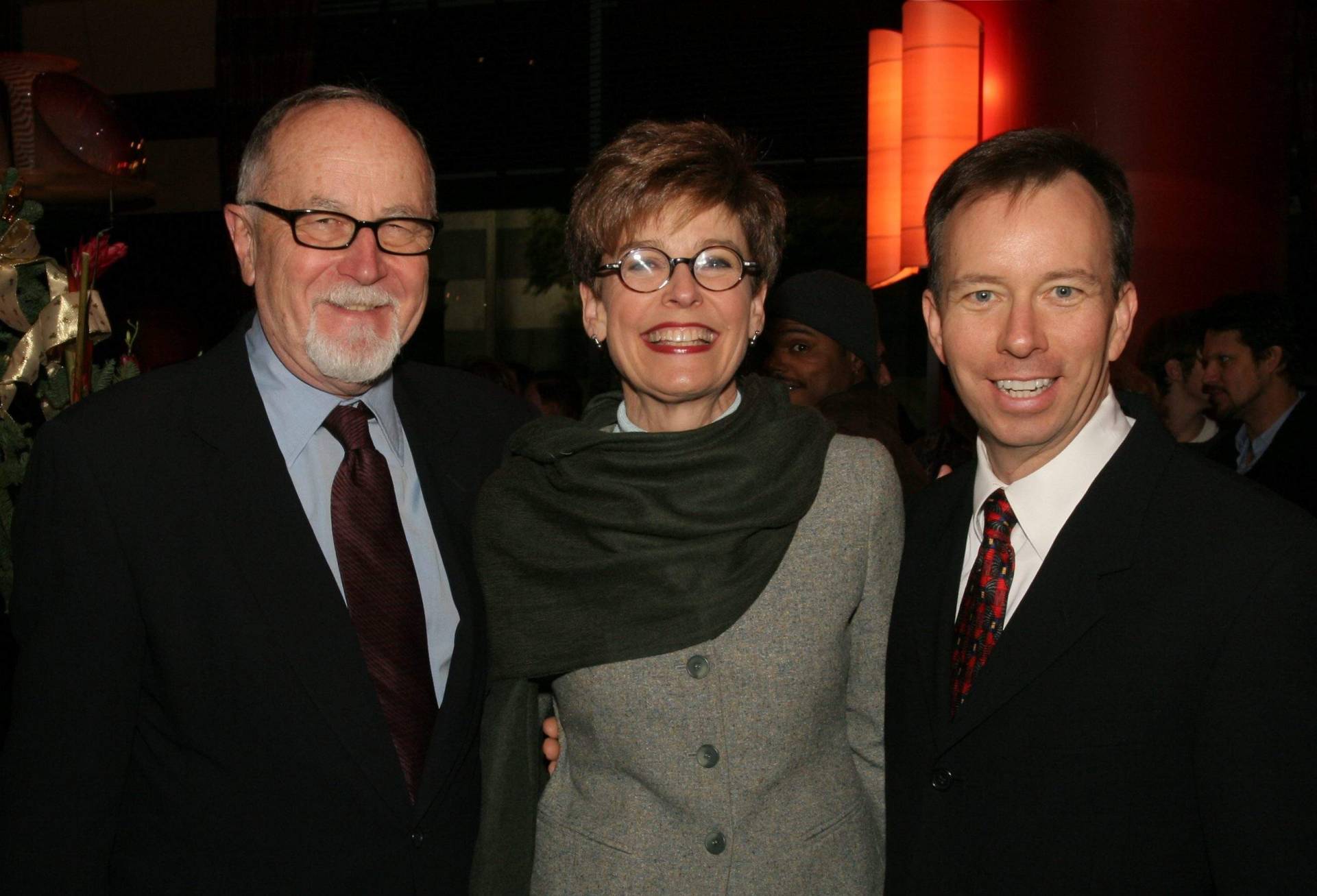Paint Your Wagon
Gil Cates, founder of the Geffen Playhouse and a major force in every aspect of show business (he produced 14 Oscar broadcasts), offered me an opportunity I couldn’t refuse: the chance to write a new Lerner and Loewe musical.
PAINT YOUR WAGON is one of the less produced of Lerner and Loewe’s extraordinary output (MY FAIR LADY, CAMELOT, GIGI). The score is good, often brilliant, but the book was problematic. And there’s that awful movie with Clint Eastwood and Lee Marvin belching the songs. Gil had the rights to revise the show as long as the original score was used. In addition, Lerner and Loewe opened the archives for additional songs if we needed them.
Gil had seen the original Broadway version in 1951 when he was 17. He’d never forgotten it. After all these years, he remembered the romance, the spectacle and heart of the show. I pitched an idea for a new story that focused on the younger couple, a Romeo and Juliet in Gold Rush California. We took a song from the Lerner and Loewe screen version of The Little Prince, “My Little Prince” and made it “My Little Girl” to give the father a poignant ballad. We made the show to be gritty and twangy, with heart and humor, a real love letter to California and to musicals.
There was pressure to include jokes that had modern resonance, so I included them, and still cringe when I think of them. Critics were right to spank me for those. I loved our version, but it never landed quite as we intended. Musicals can be funny that way: thrilling in the rehearsal room and something else on the stage.
The Pioneer Theatre in Salt Lake City mounted our version a few years later (minus the cringe-worthy jokes). I think it was much more successful. It’s a big western show, and to have it staged amid the gorgeous Utah landscape was quite moving.












